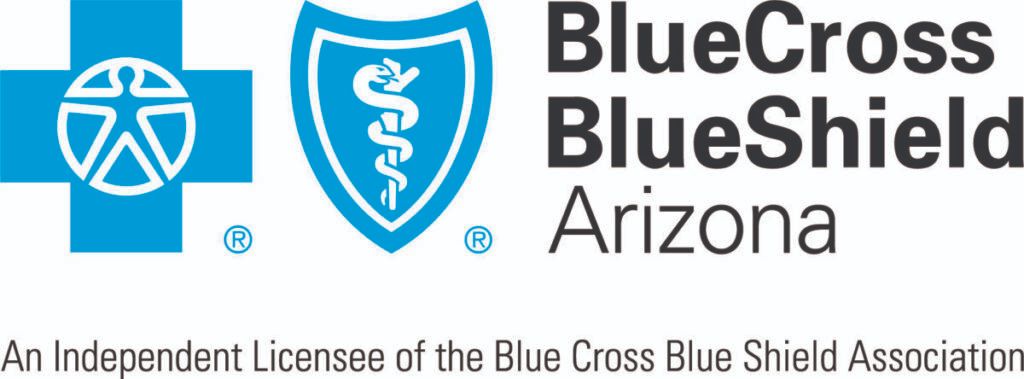
Arizona ranks in the top half of states for adults reporting symptoms of anxiety and depression. Additionally, the number of suicides in the state increased in 2021, after leveling off the two years prior. It is an upward trend that moves us backward despite our efforts.
National days, weeks, and months, like Suicide Prevention Awareness Month followed by Depression Education Awareness Month, shed light on the issues. However, elevating our awareness and vigilance in recognizing the signs and the risk factors for this preventable public health crisis can be lifesaving for family members, friends, coworkers, and neighbors every day of the year.
There are so many alarming suicide-related statistics in Arizona:
- The 2021 Arizona suicide rate was 35% above the national rate of suicide that year.
- Suicide is the 10th leading cause of death in the state.
- More than 1,500 Arizonans died by suicide in 2021.
- Suicide is the second-leading cause of death for Arizonans ages 10-34.
- On average, one person in Arizona dies by suicide every six and a half hours.
Understanding behavioral health
Behavioral health describes the connection between behaviors and health and well-being. It encompasses emotional, social, and psychological resilience and well-being, as well as the treatment of mental health and substance use disorders. It affects how we think, feel, act, handle stress, relate to others, and make every day, routine choices.
Many falsely associate suicidalities solely with individuals with mental illness. Fleeting thoughts of suicide in moments or times of desperation are more common than you might think, and many people who have thoughts of suicide never act on them. There are risk factors that make attempts much more likely, such as having one or more serious mental health conditions like depression, anxiety, psychosis, and/or substance use disorder. One of the strongest predictors of death by suicide is a history of a previous suicide attempt.
There are factors that also can decrease a person’s risk even in the face of mental illness or times of despair. These are called protective factors and, depending on the individual, these resilience factors can provide a bridge over difficult times and can be lifesaving. Some examples of protective factors include being a parent, strong religious beliefs, supportive social connections, and having activities that one enjoys.
The human condition and the factors that drive people to act are complex. The science of suicide has improved in that we better understand the factors, but despite that we have not been able to eliminate this public health enemy.
Breaking the stigma
The coronavirus pandemic added another layer of stress and uncertainty to an already increasing trend in suicide rates, particularly among minority groups, in our youth, and among our veterans. A spotlight has been shone on behavioral health and wellness over the past few years and has presented an opportunity to reduce the stigma that can be attached to asking for help for a behavioral health condition. The pandemic highlighted that no one is immune from having a behavioral health condition. We continue to use events and observances to bring this public health concern to the forefront and, while it does help to increase awareness, continuing the conversation and building more resources is necessary to eliminate stigma and reduce the risk of suicide to zero.
Making strides
As efforts continue, it is important to note the progress we have made.
The Mental Health Parity and Addiction Equity Act, otherwise known as the Federal Parity Law, was enacted in 2008. It requires insurance coverage for mental health conditions, including substance use disorders, to be no more restrictive than insurance coverage for other medical conditions.
On the state level, Jake’s Law, enacted in 2020, requires healthcare insurers to cover mental health without additional barriers, just like they would cover an annual physical. The law is named after Jake Machovsky, an Arizona teen who died by suicide after battling behavioral health issues.
Connecting the dots
Behavioral health and physical health are equally important and can impact one another. Integrating behavioral health care with primary care and taking a more holistic approach to all individuals with chronic health conditions reduces stigma by making the discussion of behavioral health a routine part of primary care visits. Integrated practices are growing in Maricopa County, which will hopefully make mental health specialists available for more complex conditions that need a specialist and increase access to behavioral healthcare for everyone.
Be a part of the solution
You do not need to be a medical professional to help someone who is struggling. Anyone can sign up for Mental Health First Aid (MHFA), an eight-hour training course. It is considered an evidence-based education program that gives you the tools to assist and provide initial support to someone experiencing a mental health or substance use concern or crisis until they can get professional help. Among the many lessons, MHFA teaches you to speak frankly and directly to an individual who may be experiencing a crisis and ask, ‘are you in danger of hurting yourself, or are you in danger of killing yourself?’ MHFA is taught in school and community settings today. Blue Cross Blue Shield of Arizona offers MHFA training to Arizona businesses and their employees. To date, we have trained participants from approximately 50 Arizona employers, along with nearly 800 of our own employees.
Continuing the conversation
Suicide is a tragedy. It continues to be a public health crisis here in Arizona and nationally. We have made some small inroads, but for the last two years, we have faced the headwinds created by COVID-19. We have dedicated certain days, weeks, and months to suicide prevention and to offering information about the warning signs and available resources for individuals who may be at risk for suicide. Let’s keep the momentum going year-round by continuing the conversations, focusing on primary care prevention, making access to behavioral health services easy, and increasing community support.
If you or someone you know needs immediate help, there are resources that provide confidential crisis support 24/7. Call, text, or chat 988. Dialing 988 will reach the 988 Suicide & Crisis Lifeline (formerly known as the National Suicide Prevention Lifeline) from anywhere in the U.S.
Dr. Sandra Zebrowski is Corporate Medical Director of Behavioral Health at Blue Cross Blue Shield of Arizona.


